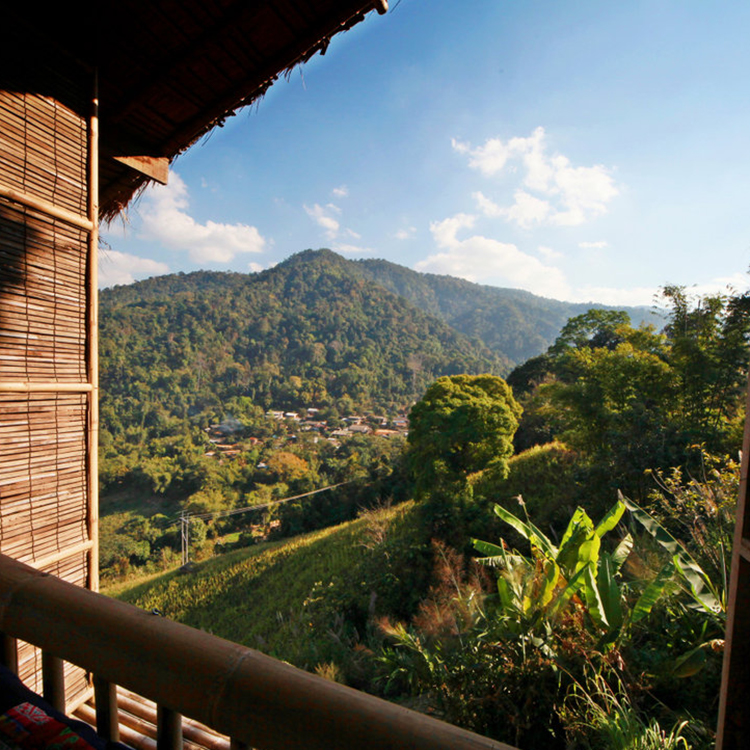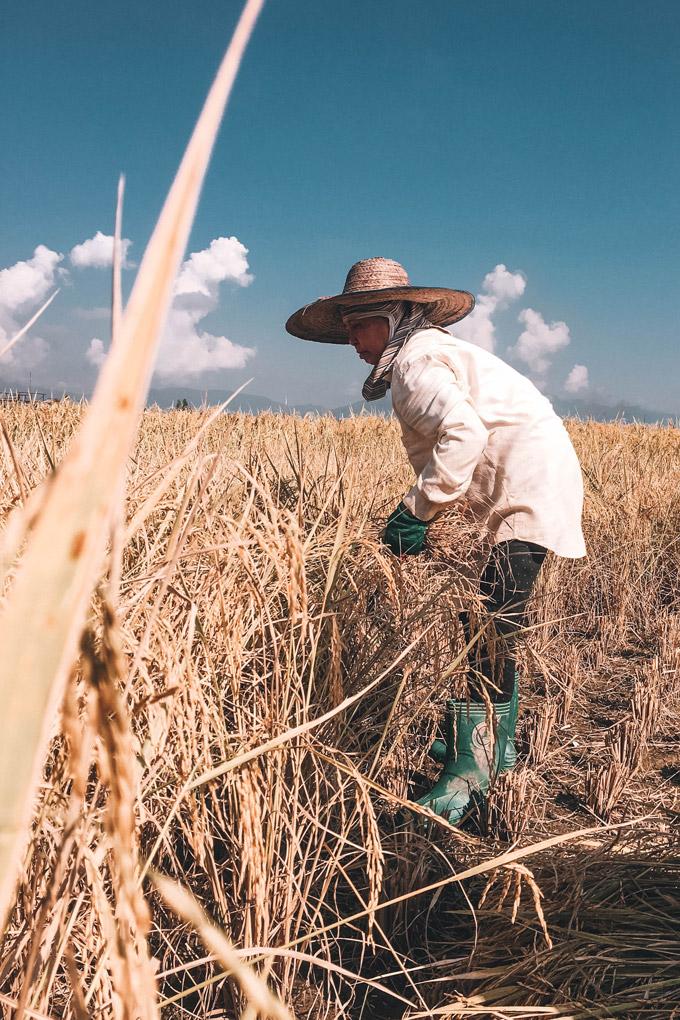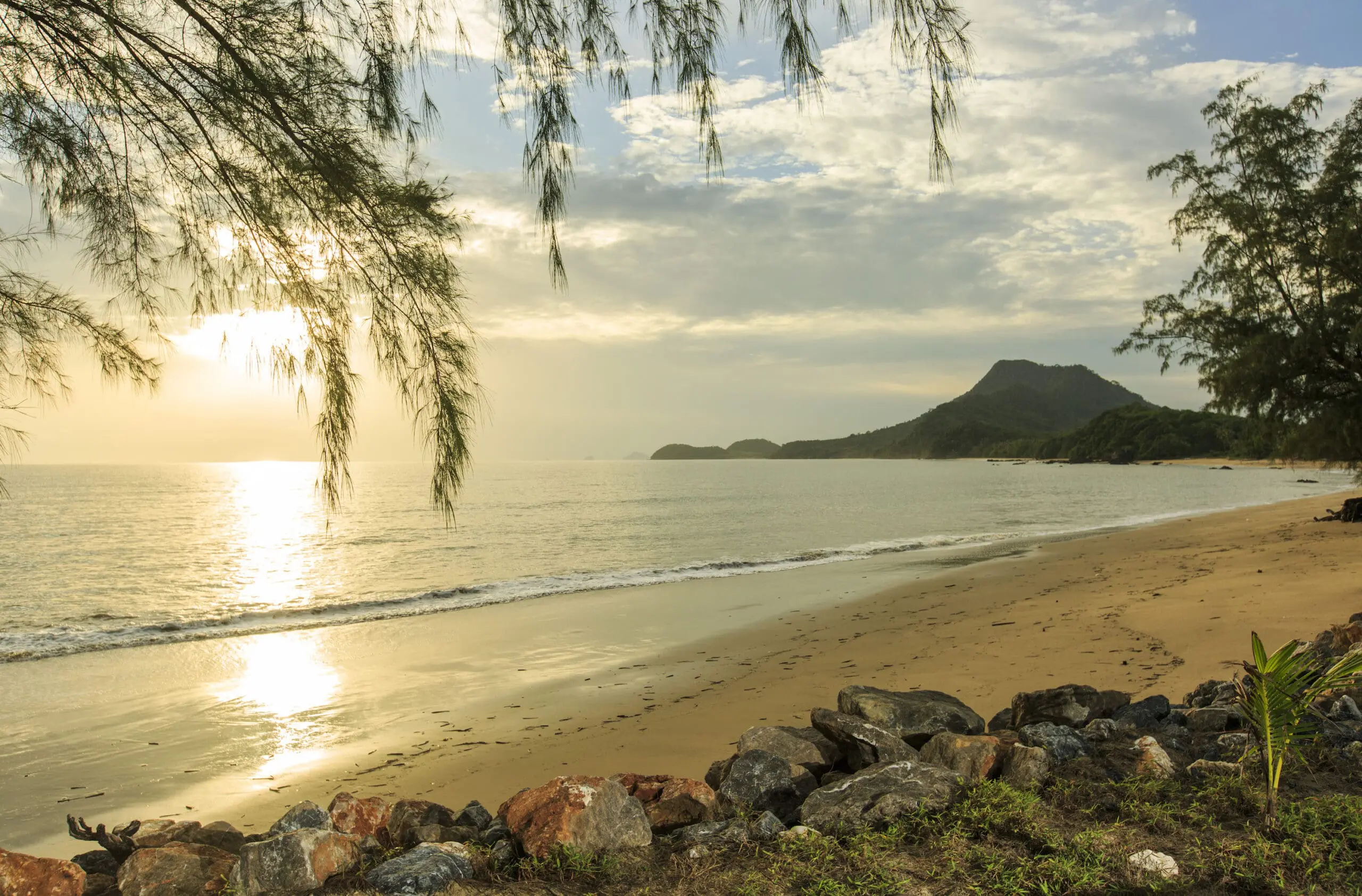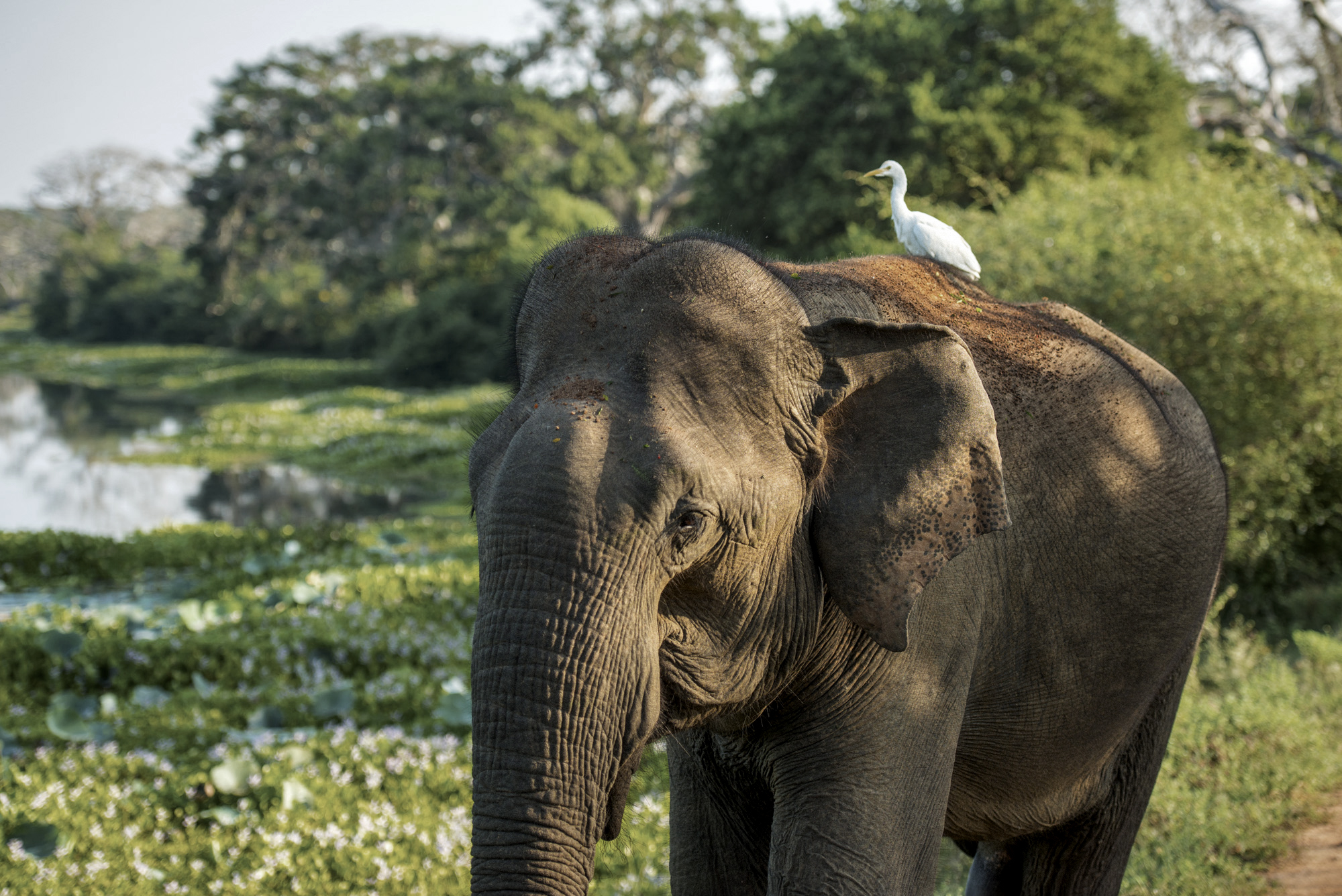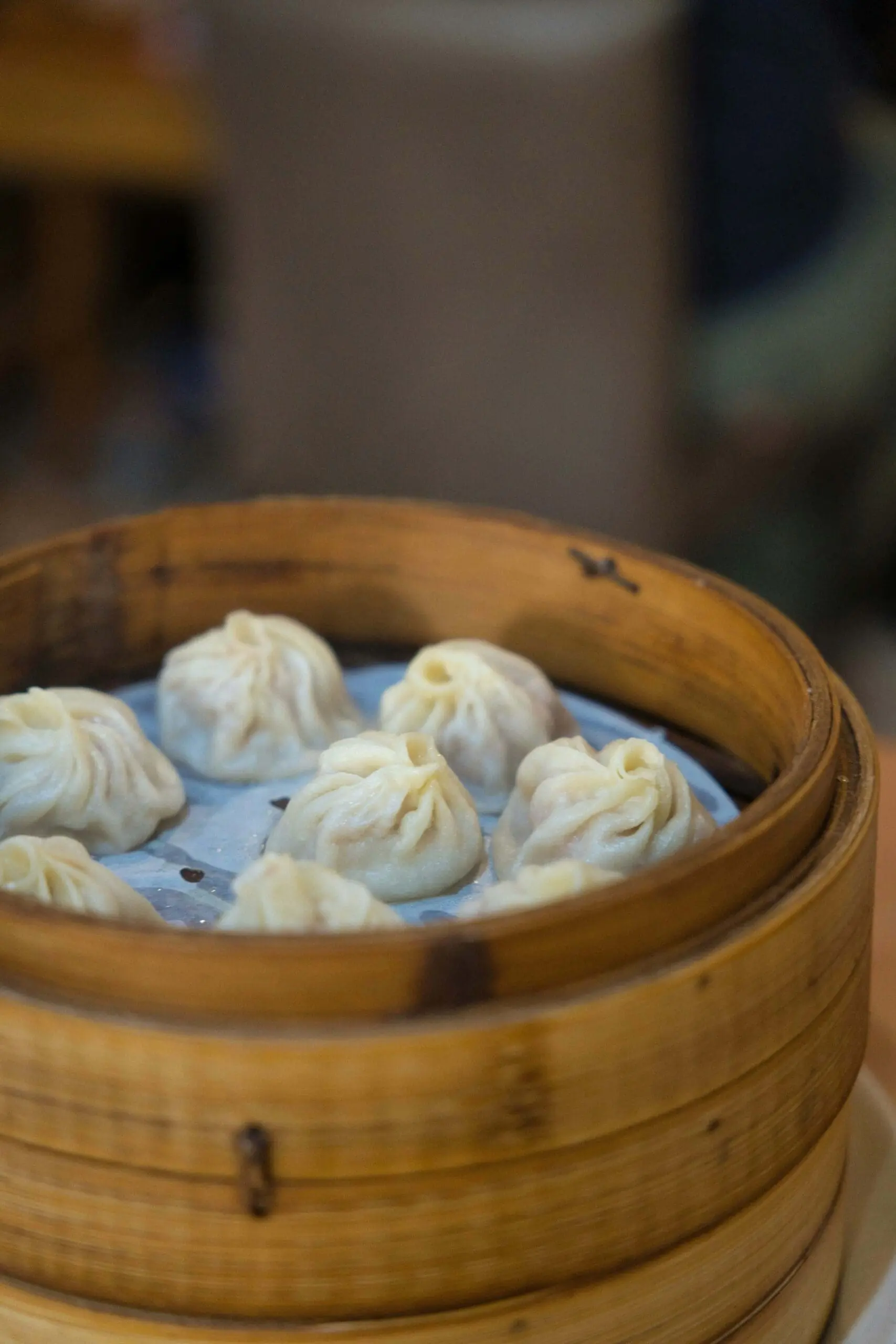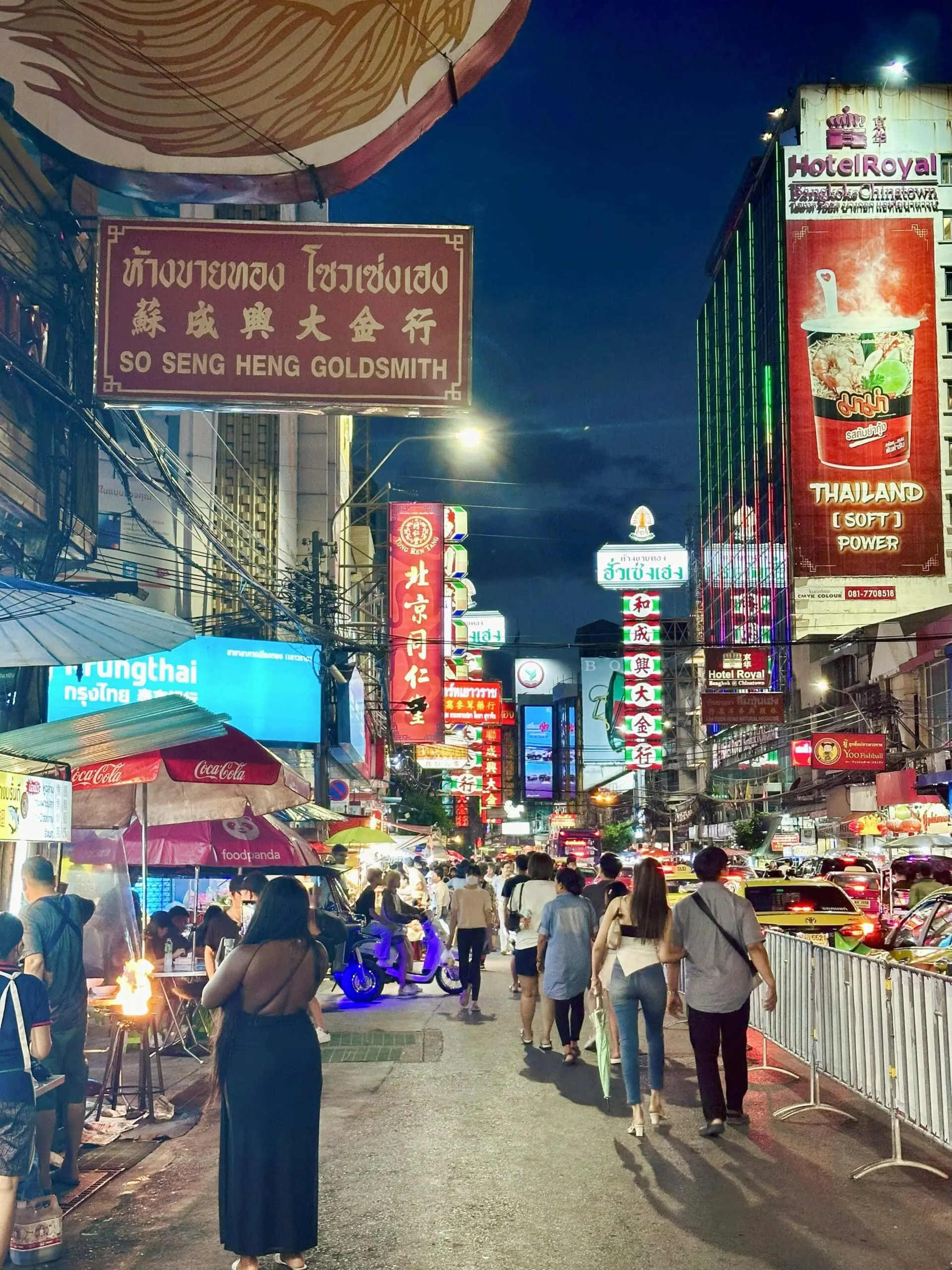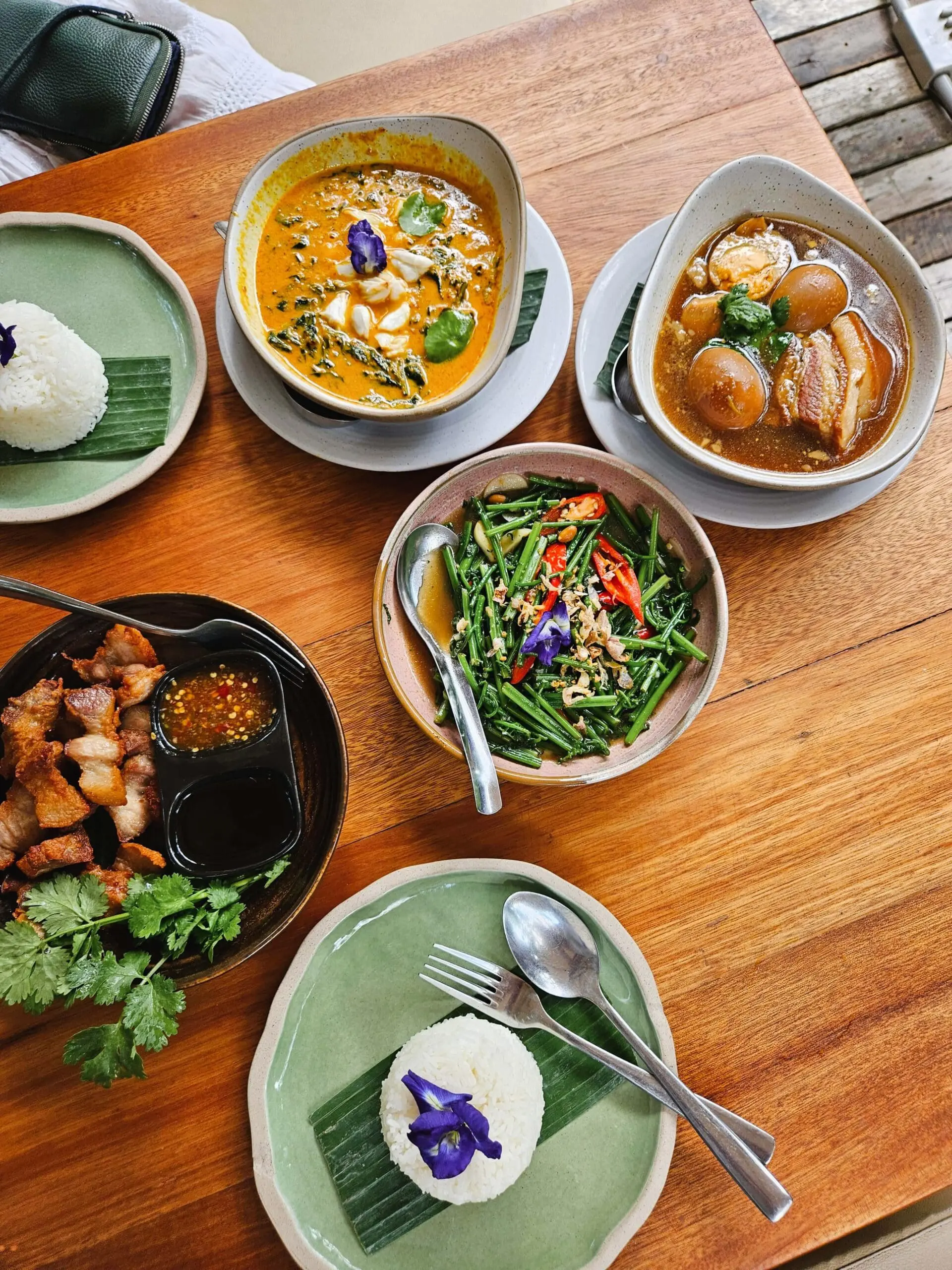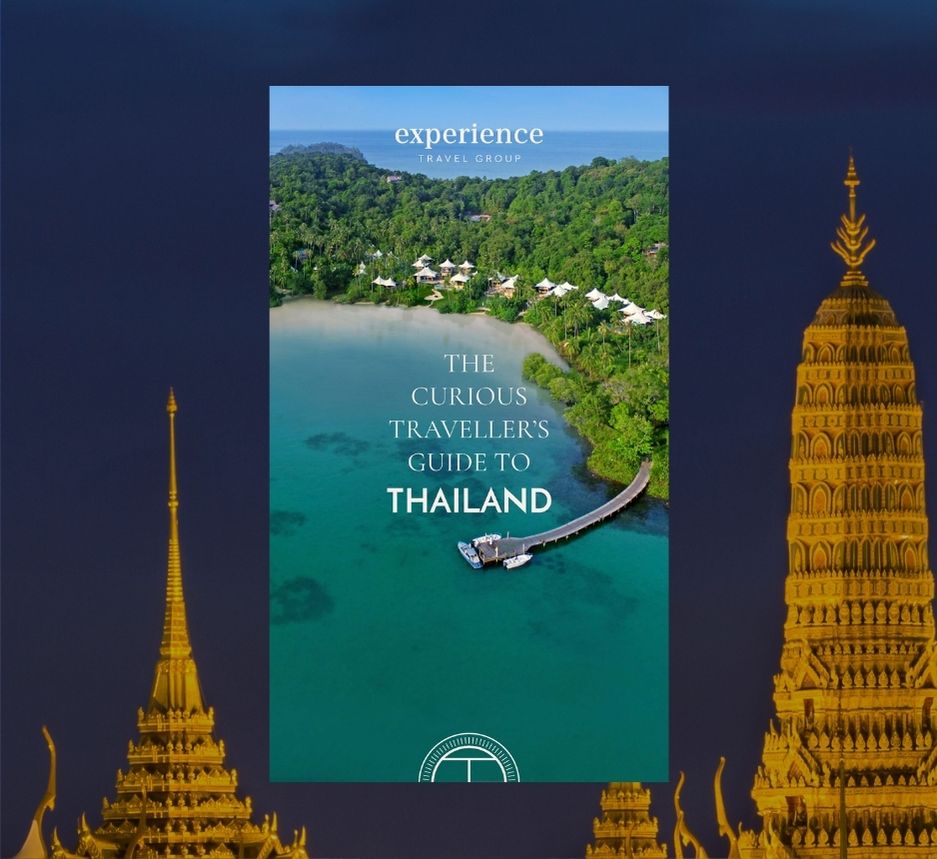In general, November to April is the most popular time, with warm, dry weather across most of the country – ideal for both exploring and beach time. But Thailand’s seasons aren’t as simple as they look, and with a little know-how, there’s somewhere worth visiting year-round.
The Andaman Coast (Phuket, Krabi, Koh Lanta) is at its sunniest between November and April, while the Gulf of Thailand (Koh Samui, Koh Phangan, Koh Tao) comes into its own from February to August when the west coast monsoon winds bring in rain to the west coast. With its mountains and cooler breezes, Northern Thailand is best for trekking and outdoor adventures from November to February.
Travelling during the “green season” (roughly May to October) can be rewarding: fewer crowds, greener landscapes, and lower hotel rates. Rain tends to arrive in short, heavy bursts rather than all day, leaving plenty of sunshine in between. National parks are glorious at this time, with waterfalls in full flow. During late August and September, Thailand often experiences flooding, so this time is usually best avoided, though even then, you can still visit many of the beach destinations very happily.
The months of April and October are the turning points worth considering for great-value travel, with fairly reliable weather. In April, the Songkran New Year festival is a joy to be part of, if you don’t mind getting a soaking from a water pistol (or water blaster!). The rates fall dramatically compared with March. While Songkran marks the start of the rainy season, it has not fully kicked in. It can be a good time to travel throughout the country for those who can put up with some serious heat and humidity. In October, the rains tend to fall away as Thailand returns towards the settled November weather.
So while November to March might be the sweet spot for most of Thailand, there’s always a way to plan a Thailand holiday that fits your timing – and often, going slightly against the grain can mean quieter beaches, great value and a richer experience.
